Art Talk with Roger Shimomura
By Rebecca Sutton
"Roger Shimomura is in many ways a study in contrasts. His paintings are visually bright and frequently humorous, even as they expose the dark underbelly of stereotypes and racism. They are unquestionably American, even as they warp idealized visions of American life. And their flat colors, borrowed from pop art and comic books, belie their thematic complexity and depth.
In many ways, these contradictions are manifestations of a recurrent theme throughout Shimomura's life: having to defend that he is American, even when others insist that he is not. Born in Seattle to American-born parents, Shimomura was interned as a child with his family at Camp Minidoka in Idaho following the enactment of Executive Order 9066-legislation signed by Franklin D. Roosevelt in 1942 that legalized the incarceration of Japanese Americans. Shimomura has returned time and again to this period through his painting and performance art, drawing from his own recollections, his grandmother's diaries, family photographs, and research. His explorations of the subject can be found at a number of exhibitions that mark the 75th anniversary of the order's passage, including Year of Remembrance at Seattle's Wing Luke Museum, which is participating in this summer's Blue Star Museums program, and Righting a Wrong: Japanese Americans and WWII at the Smithsonian's National Museum of American History.
Shimomura has continued his probe of race in America beyond the internment, finding regrettably fertile ground within his personal social interactions and the daily news. This body of work has earned him four NEA Fellowships in painting and performance art, and a spot within the collection of over 90 museums. Shimomura, who also taught at the University of Kansas in Lawrence for 35 years, recently spoke with us by phone about the development of his aesthetic, his fascination with stereotypes, and the continued struggle for artists of color."
In many ways, these contradictions are manifestations of a recurrent theme throughout Shimomura's life: having to defend that he is American, even when others insist that he is not. Born in Seattle to American-born parents, Shimomura was interned as a child with his family at Camp Minidoka in Idaho following the enactment of Executive Order 9066-legislation signed by Franklin D. Roosevelt in 1942 that legalized the incarceration of Japanese Americans. Shimomura has returned time and again to this period through his painting and performance art, drawing from his own recollections, his grandmother's diaries, family photographs, and research. His explorations of the subject can be found at a number of exhibitions that mark the 75th anniversary of the order's passage, including Year of Remembrance at Seattle's Wing Luke Museum, which is participating in this summer's Blue Star Museums program, and Righting a Wrong: Japanese Americans and WWII at the Smithsonian's National Museum of American History.
Shimomura has continued his probe of race in America beyond the internment, finding regrettably fertile ground within his personal social interactions and the daily news. This body of work has earned him four NEA Fellowships in painting and performance art, and a spot within the collection of over 90 museums. Shimomura, who also taught at the University of Kansas in Lawrence for 35 years, recently spoke with us by phone about the development of his aesthetic, his fascination with stereotypes, and the continued struggle for artists of color."
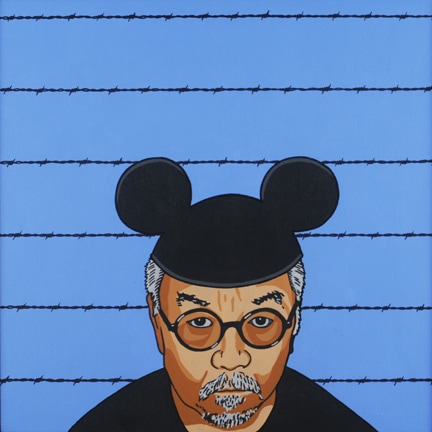
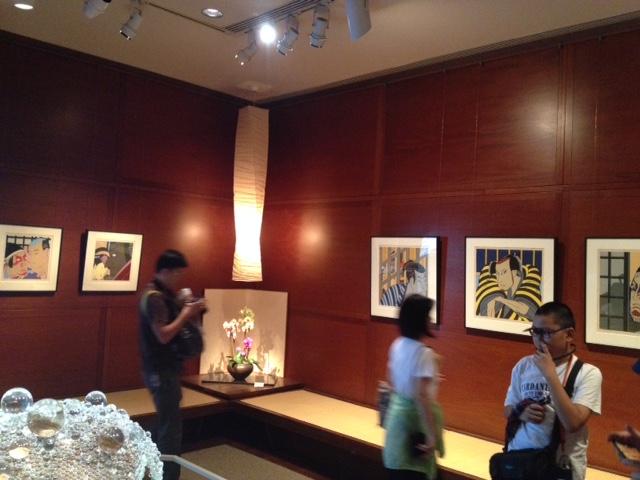
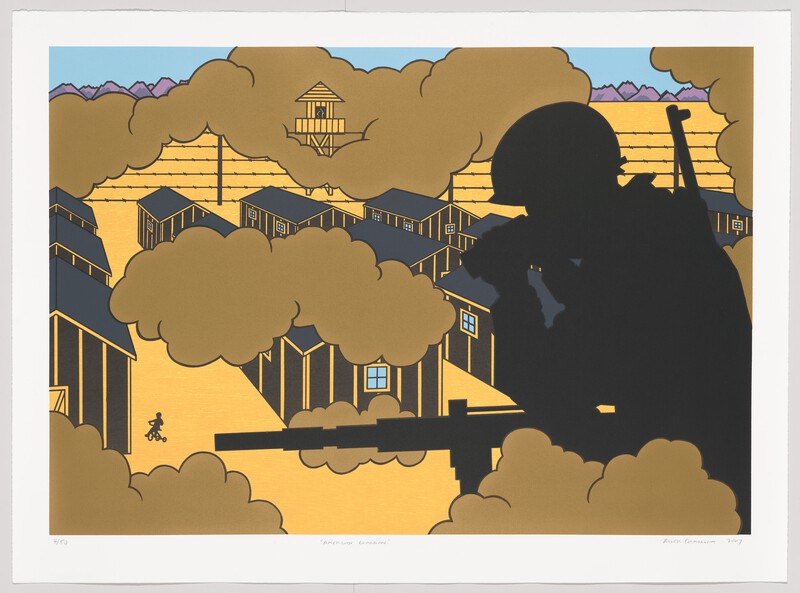
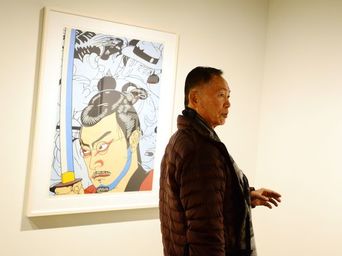







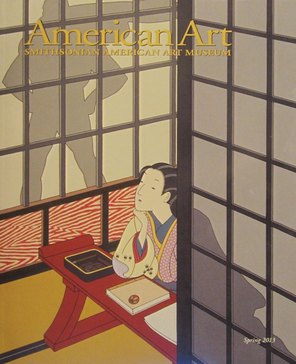
 RSS Feed
RSS Feed